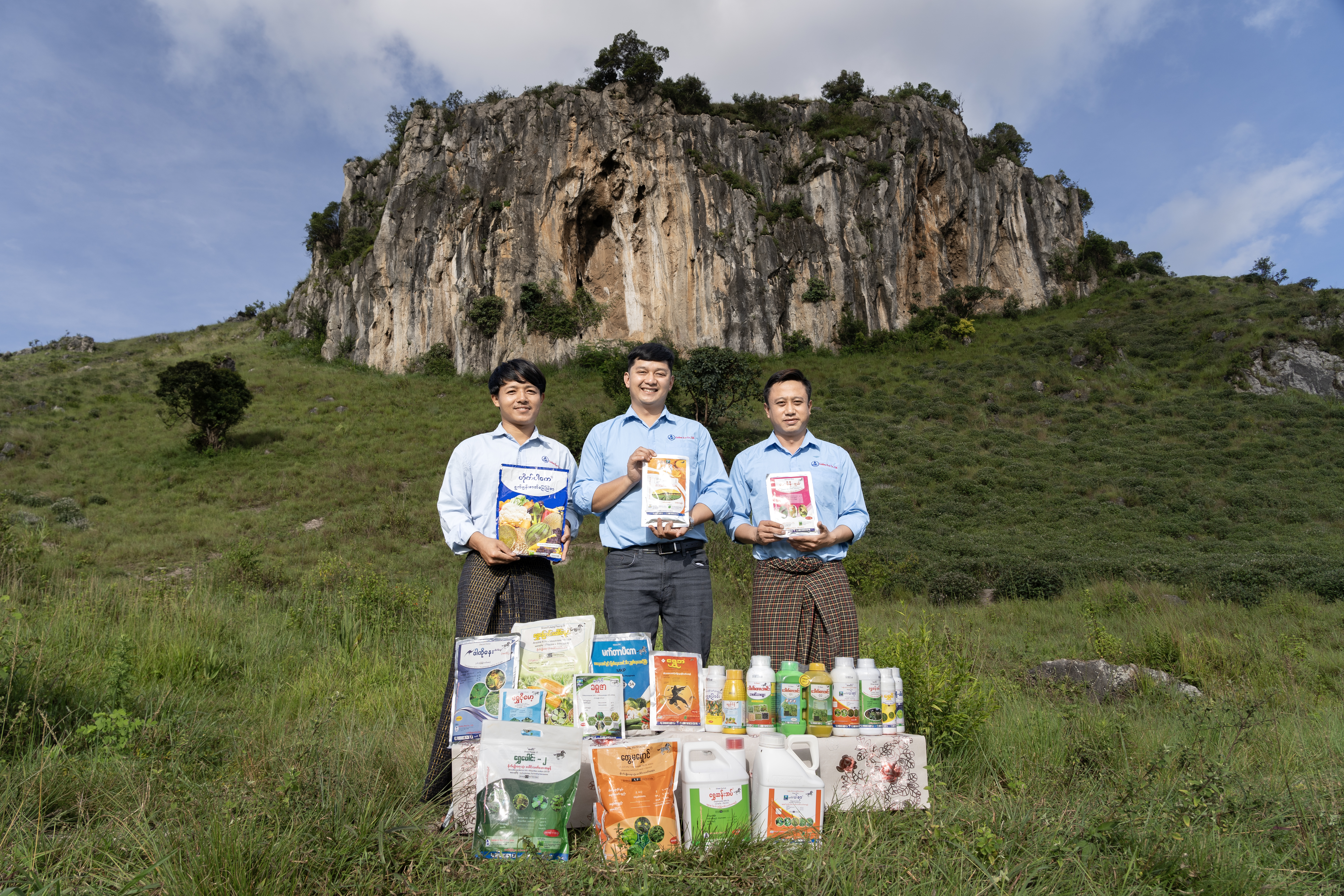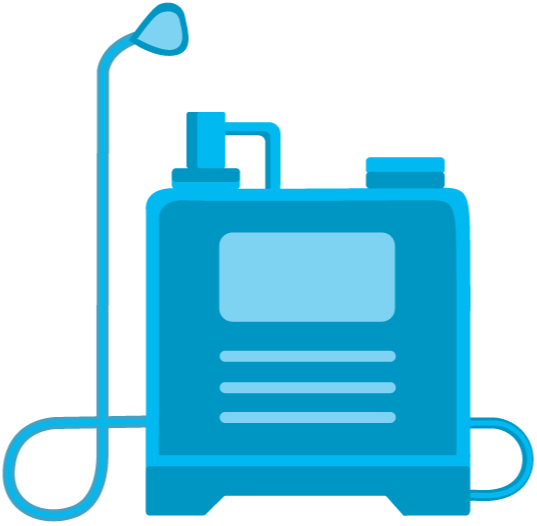Role of agrochemicals
Fertilizers and pesticides play a vital role in cultivating Myanmar’s staple crops such as rice, maize, legumes and more. Fertilizers enrich the soil by providing essential nutrients that lead to stronger roots, lusher leaves, and more bountiful harvests. Pesticides protect crops from harmful insects, weeds, and diseases, ensuring uninterrupted growth. By integrating these powerful tools, farmers can significantly boost the vitality and productivity of their fields, providing a steady and abundant food supply for the community.
How to use agrochemicals properly?
Using agrochemicals properly is essential to ensure effective pest and disease control while minimizing environmental damage and health risks.
- Follow Label Instructions Read the label carefully: Agrochemical labels contain vital information about usage, dosage, and safety measures. Always follow the manufacturer's guidelines. Use the recommended dosage: Avoid overuse, as it can lead to resistance in pests and environmental contamination.
- Proper Selection of Agrochemicals Select the right product: Choose agrochemicals that are specific to the pest, disease, or weed you're targeting. Check compatibility: Ensure the agrochemical is suitable for the crop, soil, and environmental conditions.
- Safe Handling and Storage Wear protective equipment: Use gloves, goggles, masks, and long sleeves to avoid exposure. Store safely: Keep agrochemicals in a well-ventilated, locked area, away from food and reach of children. Proper disposal: Dispose of empty containers and excess chemicals as per local regulations to prevent contamination.
- Application Timing and Method Apply at the right time: Apply agrochemicals during the optimal time for pest control, often early morning or late afternoon when temperatures are cooler and winds are calm. Use the right method: Spray evenly and avoid oversaturation. Calibration of equipment is key to ensure the correct application rate.
- Environmental Protection Avoid water contamination: Don’t apply near water bodies or during heavy rains to prevent runoff. Minimize drift: Ensure that wind direction and speed are controlled to prevent chemicals from drifting into non-target areas.
- Monitor and Rotate Monitor crop health: Regularly inspect crops to assess the effectiveness of the agrochemicals. Rotate chemicals: To prevent pest resistance, rotate agrochemicals with different modes of action.















